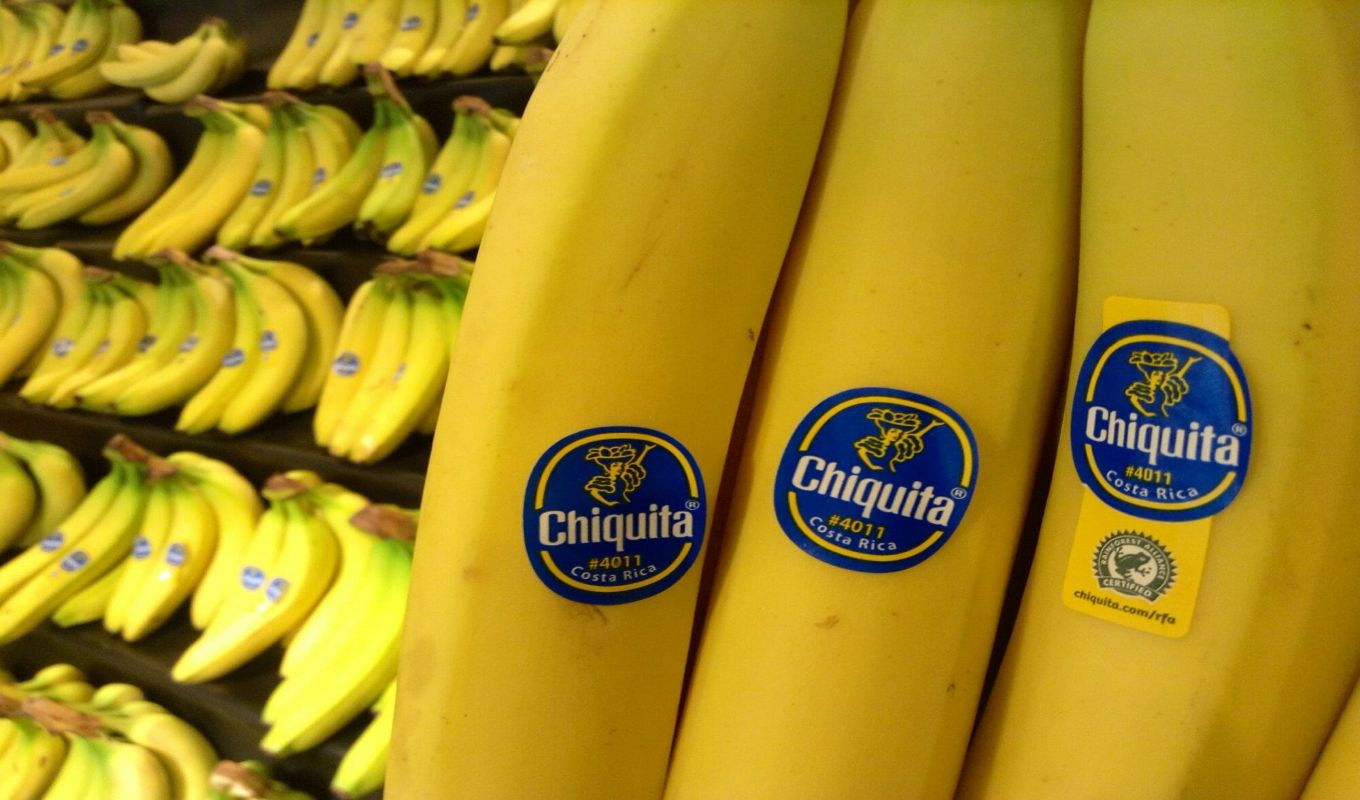Have you ever noticed the stickers on the fruits that you bring from the markets? May be yes or no. but for sure there is something behind them. Well, we are known to varieties of fruits and many to be explored. The local regional fruits are somewhat the purest among. As far as one can go, the names and tastes changes.
No doubt fruits are the richest source of vitamins and minerals whereas recommended by the dieticians’ fruits are my personal favourites. Mango, banana, strawberry, melons, kiwi and what not are the demanding fruits of the market.

Via: margibalas.com
We have started our way towards organic food. Here everyone is looking for organic food under affordable price. It is difficult to recognize organic fruits and vegetable just by looking at them. Everything looks similar kept next to each other.
The conventional produce and the organic one are just the clones. The producers and the market have started using stickers on fruits and vegetables as the demand for organic food has risen. But people are not aware of the reading and concept behind the stickers.
Not every fruit or vegetable with stickers are organic, but if you know what a sticker is about you can understand the history of its making. Once you know about codes you can invest your money in the right place for the perfect thing.
There are two major categories, organic and conventional (non-organic). The non-organic produce has four-digit PLU codes and organic is defined by a prefix.
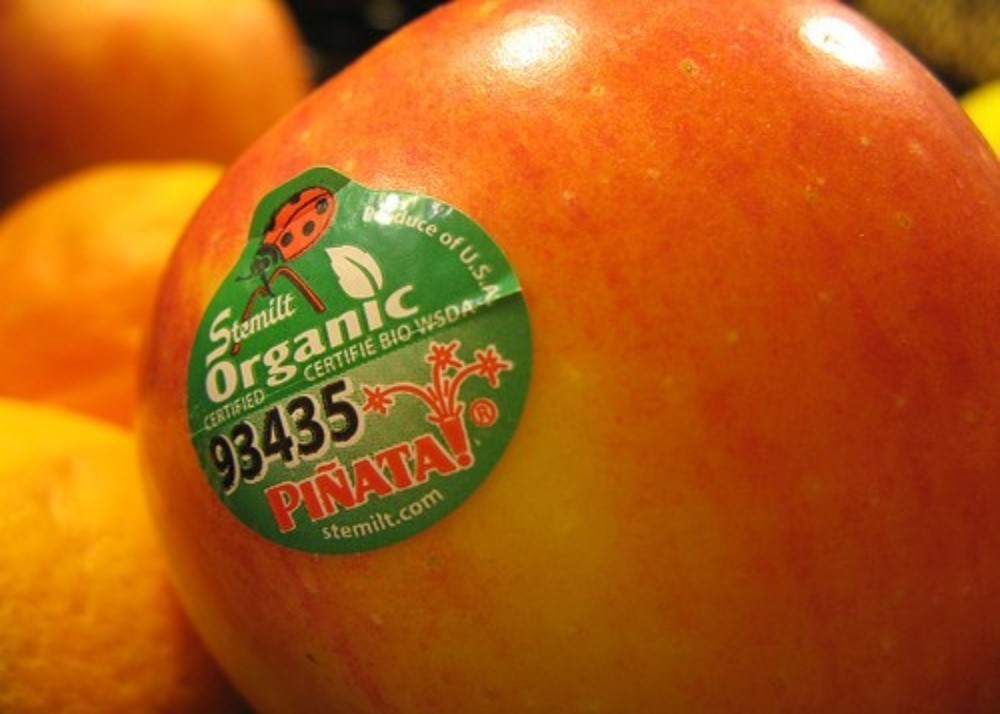
Via: Wired
You would have noticed numbers on the little stickers or the coding bars. The codes and numbers are assigned by the International Federation for Produce Standard (IFPS) introduced in 2001 globally. Although the stickers are put by the distributers on fruits and vegetables. The little numbered stickers actually mean something and they carry other information too. There are several PLU (price look-up) codes. The codes have been in use since 1990 and more than 1400 codes have been assigned. Let us know some of them.
The concept behind the coding
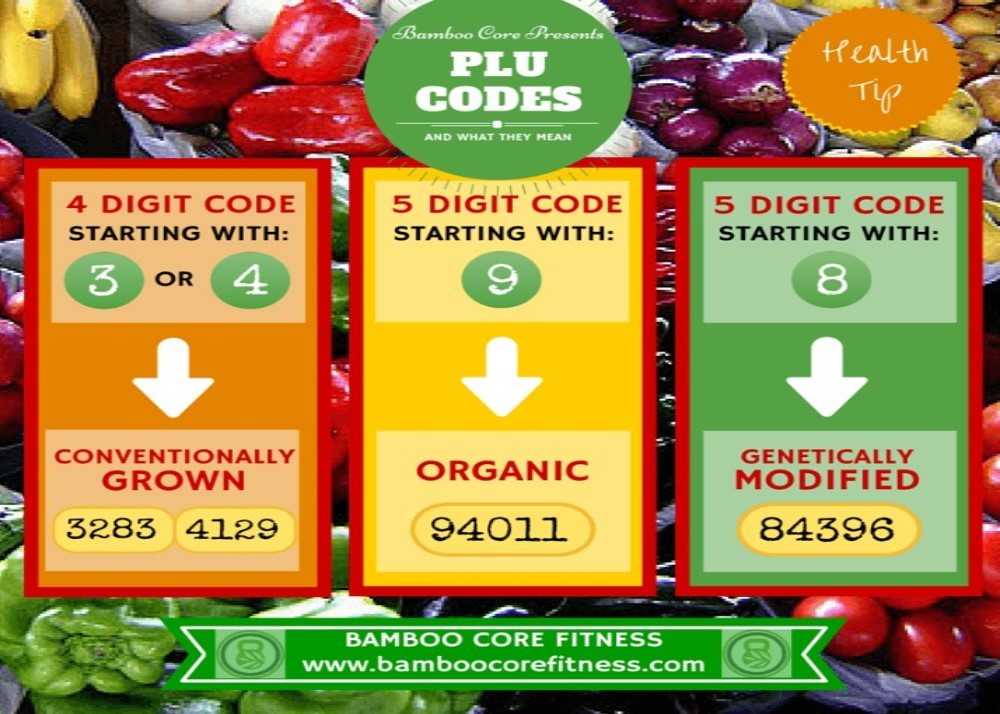
Via: bamboo core fitness
Most of the PLU codes start with 3 or 4. This code is set up by IFPS to standardize the process and make a block specifically for the purpose of creating a common code among the readers. The code may not carry the information about where the fruit is produced.
Any fruit, suppose an apple with a code 4101 in India will be 4101 in France and other countries as well. The codes are selected on the basis of variety and size and commodity.
If there are five numbers on the sticker, and the numbers start with 9 then the produce is grown organically and is not genetically modified. But if the number starts with 8 then it is genetically modified.
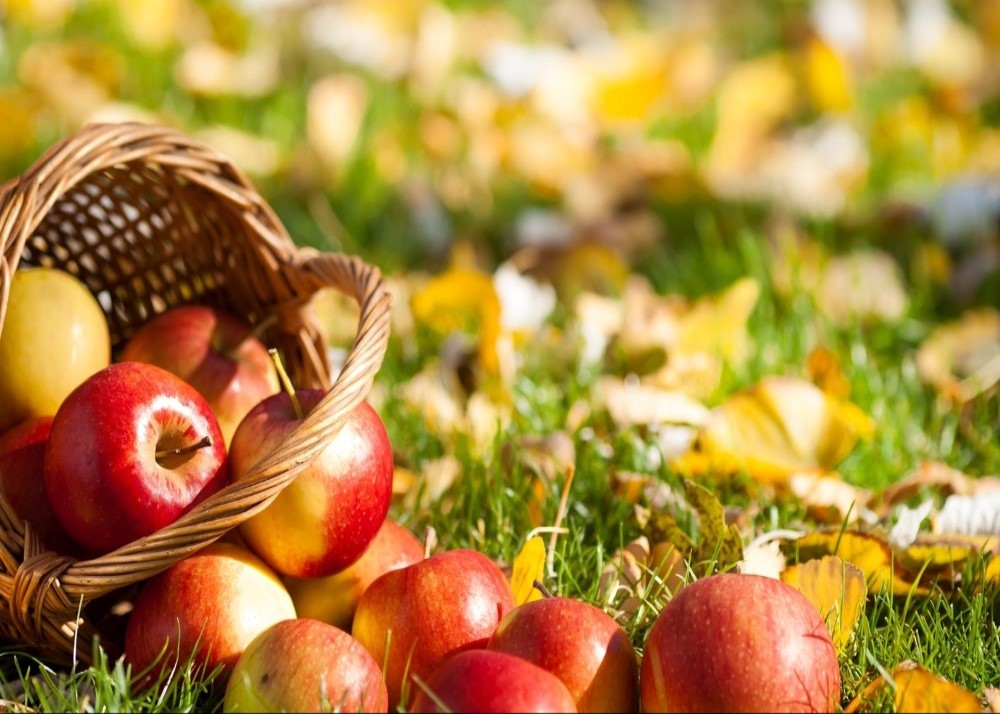
Via: moananursery.com
If there are four numbers in the PLU code that means the product is conventional and genetically modified.
The PLU codes from 3170 to 3269 have been assigned to the retailer codes. These are on the basis of an individual retailer or the location. These are retailer assigned range for general and category-specific use. The PLU codes from 4193 to 4217 can only be assigned to the apple category.
Most of the PLU codes start with 3 or 4. This code is set up by IFPS to standardize the process and make a block specifically for the purpose of creating a common code among the readers. The code may not carry the information about where the fruit is produced. Any fruit, suppose an apple with a code 4101 in India will be 4101 in France and other countries as well. The codes are selected on the basis of variety and size and commodity.
If there are five numbers on the sticker, and the numbers start with 9 then the produce is grown organically and is not genetically modified. But if the number starts with 8 then it is genetically modified.
If there are four numbers in the PLU code that means the product is conventional and genetically modified.
The PLU codes from 3170 to 3269 have been assigned to the retailer codes. These are on the basis of an individual retailer or the location. These are retailer assigned range for general and category-specific use. The PLU codes from 4193 to 4217 can only be assigned to the apple category.
Just like PLU, UPC (Universal Product Codes) and SKU (Stock-Keeping Unit) are other systems to identify the origin of the produce.
In short, we can keep in mind that four-digit codes starting with 3 or 4 are conventionally grown. The five-digit codes starting with 9 are organic and five-digit codes starting with 8 are genetically modified.
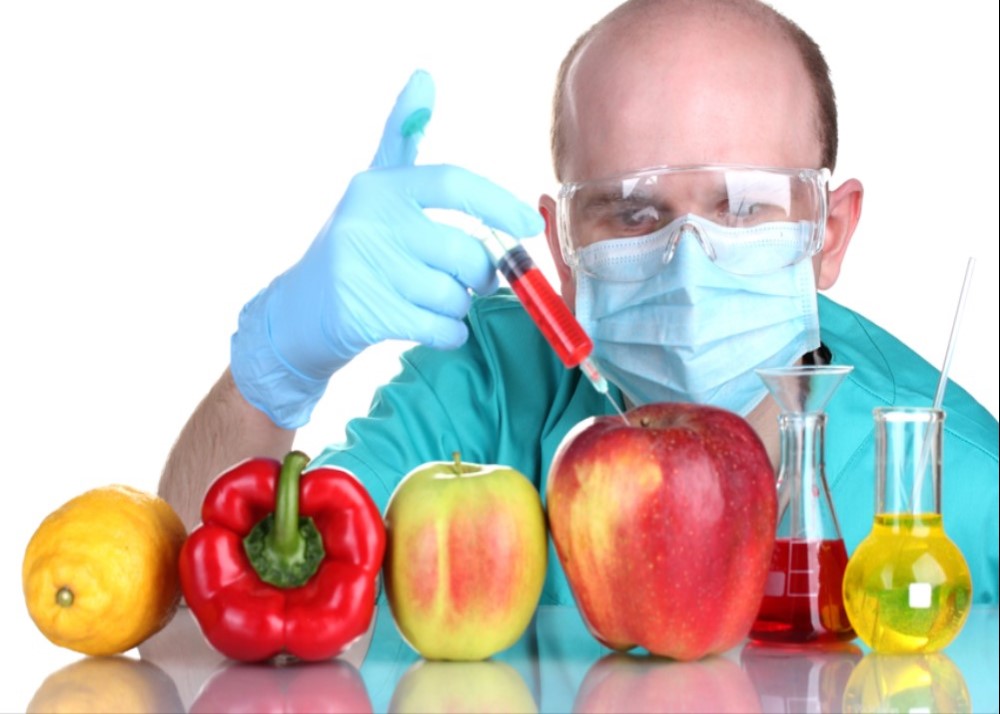
Via: Purdue University
Eating healthy is being healthy. Opt for organic food for better taste and to avoid chemicals to fall in your diet.
So next time when-ever you visit a grocery store make sure to ponder upon the stickers to fill your basket wisely.




